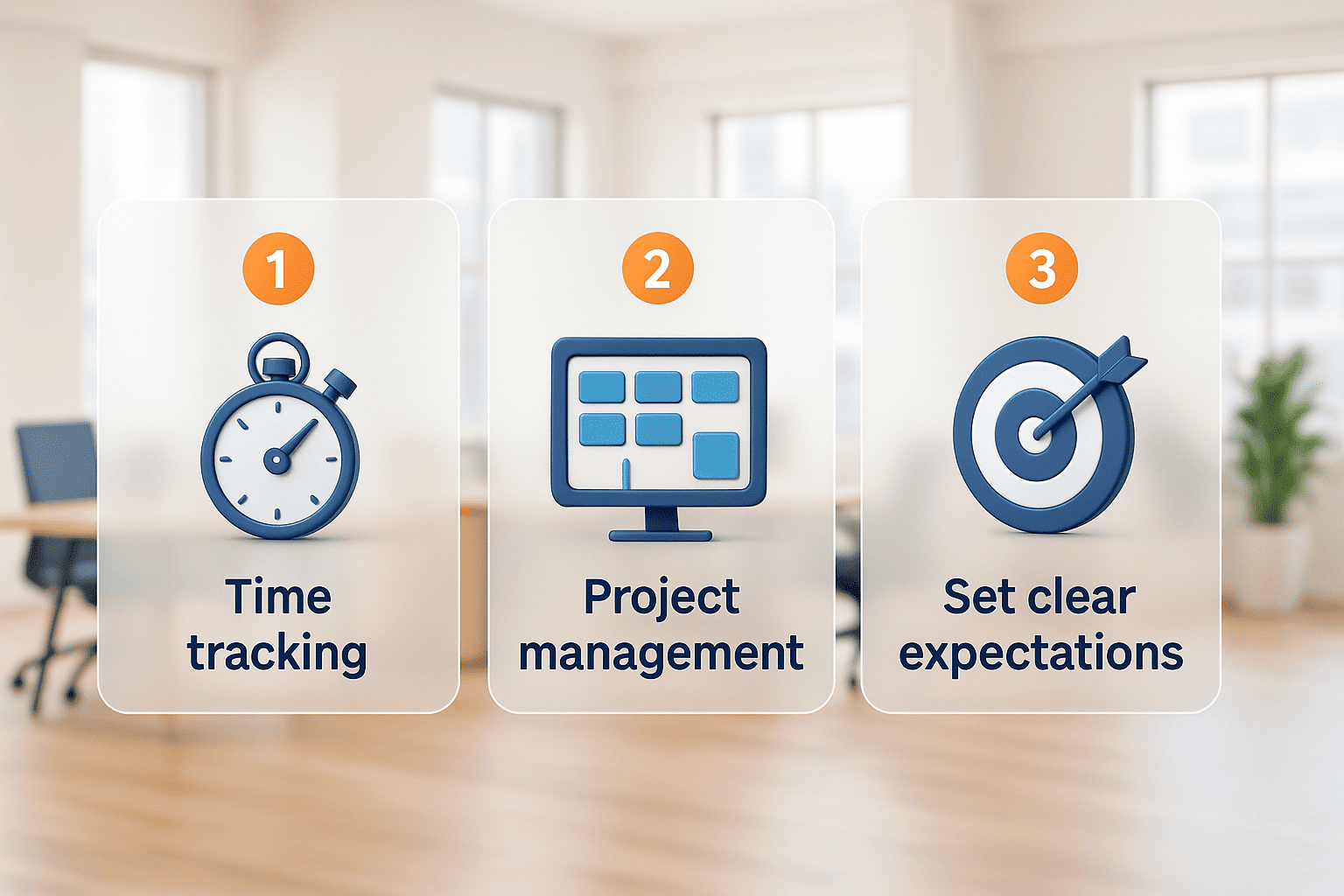How to Leverage a Freelance Business Assistant for Small and Medium Businesses and Related Strategies to Optimize Your Business
Introduction
Running a small or medium business (SMB) often means wearing many hats—operations, marketing, customer support, HR, and more. That’s where a freelance business assistant can become your strategic ally. Offering flexibility, cost efficiency, and specialized support, these professionals help you focus on growth while outsourcing daily tasks efficiently.
1. Why Hire a Freelance Business Assistant for SMBs?
According to Small Business Expo, one of the most immediate benefits of hiring a freelance business assistant is the gift of time. By delegating everyday tasks and administrative support duties, you can reclaim significant hours in your day. Imagine the relief of knowing that emails, scheduling, and data entry are being handled by a capable professional. This newfound time can be redirected towards strategic planning and decision-making, enabling you to focus on long term goals and innovative projects that fuel growth. It’s about working smarter, not harder, and leveraging the expertise of a freelance assistant to reclaim your time.
Benefits include:
Cost efficiency & flexibility: Pay only for the hours you need, with no overhead or benefits—ideal for fluctuating workloads.
Access to specialized skills: From marketing to research and project coordination, freelance assistants bring expertise that SMBs may not have in-house.
Increased productivity and scalability: Delegating routine tasks allows business owners to focus on strategy and client growth
Related: Assistant to Ally: How VAs Drive Strategic Business Growth
Related: Why AI Companies Are Hiring Virtual Administrative Assistants
2. Top Tasks a Freelance Business Assistant Can Handle
| Area | Tasks Covered |
|---|---|
| Administrative Support | Email & calendar management, scheduling, document prep |
| Customer Support | Handling inquiries, follow-ups |
| Research & Analysis | Market data, competitor overview, executive support |
| Marketing & Social | Content scheduling, engagement, branding support |
| Inside Sales Support | CRM updates, lead nurturing, script prep |
This versatility makes them ideal for inside sales outsourcing, freeing you to focus on closing deals.
3. Strategies to Optimize Your Operations
Aligning with HR: Questions to Ask Internally
When incorporating freelance business assistants into your workforce, HR plays a key role in ensuring a smooth integration. Here are essential questions to ask when aligning freelance talent with your company’s operational and cultural standards:
A. What tasks can be delegated without compromising security or quality?
Make sure sensitive information (e.g., financial records, internal documents) is protected by limiting permissions and using secure platforms.
B. Do we have a clear onboarding process for freelancers?
A structured onboarding process for freelance assistants builds trust and productivity from day one. This includes:
Introduction to key contacts and tools
Sharing SOPs (Standard Operating Procedures)
Communication protocols
Setting up time-tracking and reporting methods
According to Harvard Buiness Review, onboarding is the crucial process through which new employees acquire the knowledge, skills, and behaviors needed to integrate into an organization. It begins with administrative tasks (such as paperwork) and first-day orientation, typically handled by HR. Then, there’s role-specific training (such as shadowing another employee) and integration with the team (such as formal team introductions and informal social gatherings).
C. What tools and systems are needed to manage remote work effectively?
Your HR team should ensure that freelancers are integrated into the same systems used by the internal team.
Ensuring freelancers have access (but with proper permissions) helps create consistency and transparency.
4. Practical Tips for Working with Your Assistant
Hiring a freelance business assistant is only the first step — the success lies in how you work together. Here are some practical strategies to ensure a smooth and productive collaboration:
A. Start with a Trial Week
Before committing long-term, test the waters with a paid trial of 1–2 weeks.
Use this time to evaluate:
Communication flow
Task quality and turnaround time
Initiative and responsiveness
A trial helps both parties determine fit without pressure.
B. Use Shared Tools to Stay Organized
Some of the recommended tools for SMB’s include:
Project management tools (Trello, Asana, ClickUp)
Communication platforms (Slack, Microsoft Teams)
Secure cloud storage (Google Drive, Dropbox Business)
Time tracking software (Toggl, Harvest)
C. Set Clear Expectations from Day One
Avoid miscommunication by outlining:
Daily or weekly deliverables
Project timelines and deadlines
Your preferred working style (detailed vs. independent)
Feedback channels and frequency
Creating an onboarding document or SOP (standard operating procedure) helps maintain clarity and consistency. As Creative Pulse indicates, an SOP is a document that outlines step-by-step instructions for completing a task and allows you to increase consistency, simplify delegation, and free up headspace.
Conclusion
Hiring a freelance business assistant for small and medium business can be a strategic and cost-effective move. From offloading routine operations to supporting inside sales and marketing, these professionals offer flexible, scalable assistance that frees you to grow. Combine this with smart outsourcing of HR or sales processes—using key questions to vet providers—and you're building a lean, optimized business.
Would you like help drafting sample interview questions, onboarding templates, or task lists tailored to your needs?
At Avila VA, we can help you!
Book a discovery call now.
Schedule a Free Consultation

